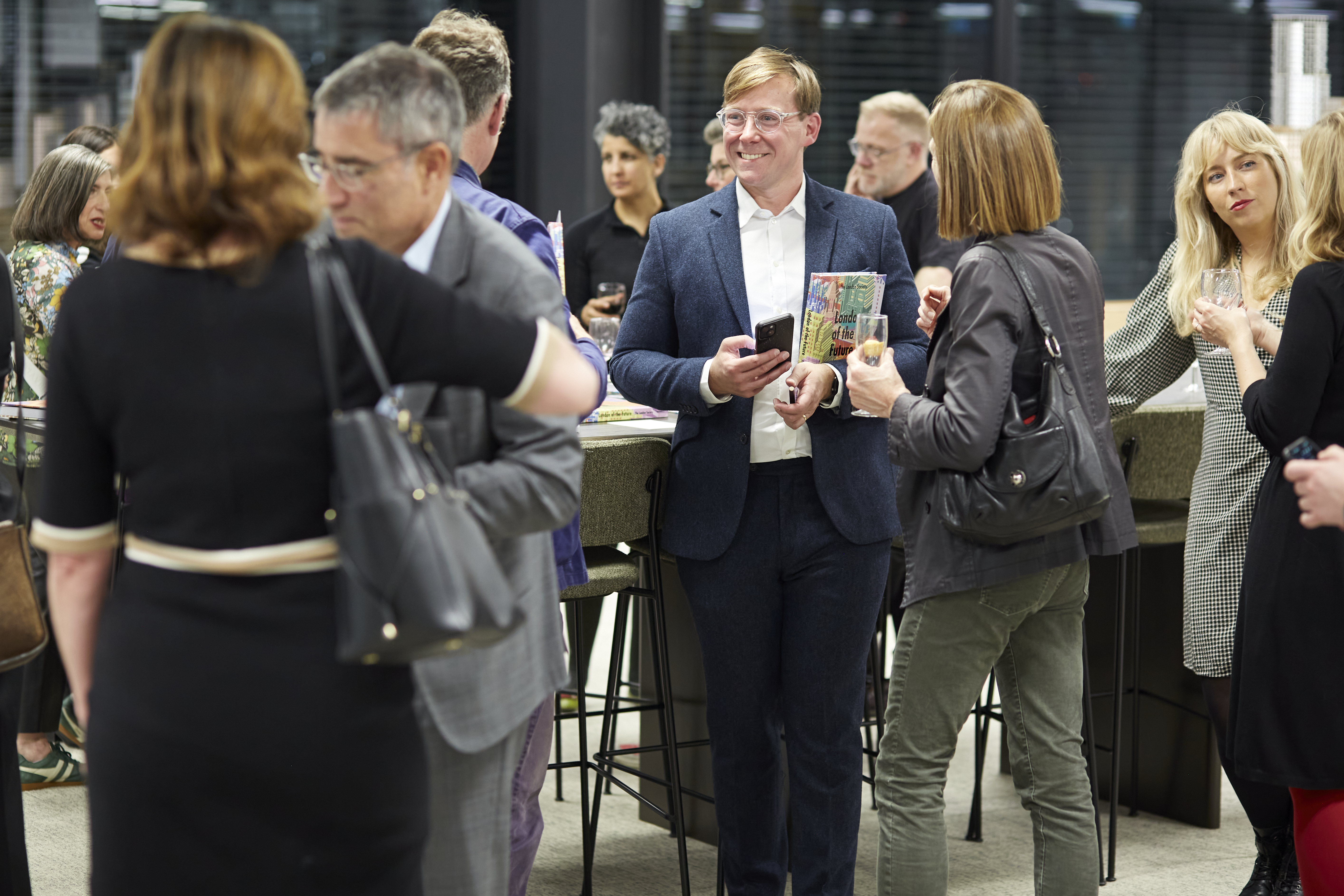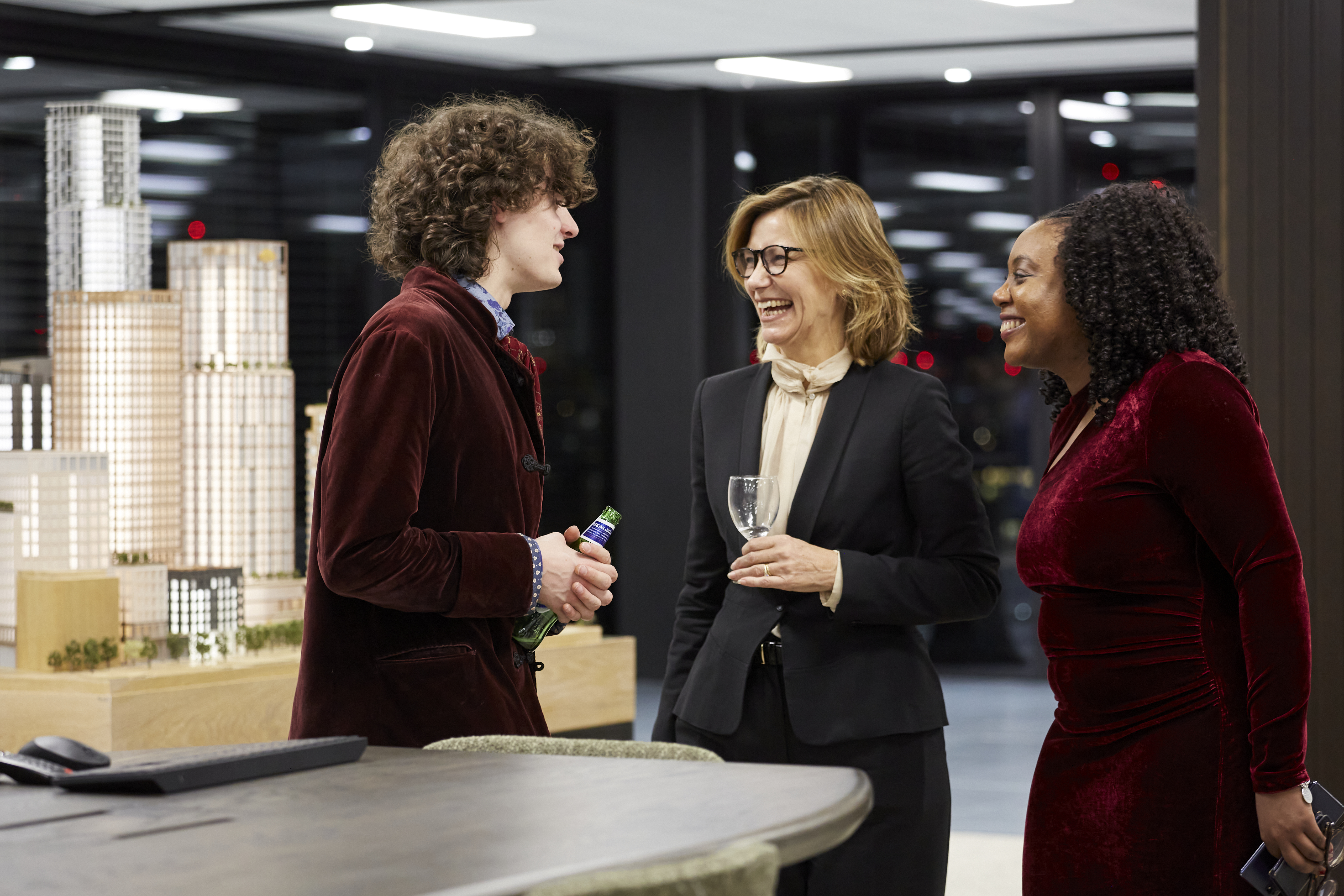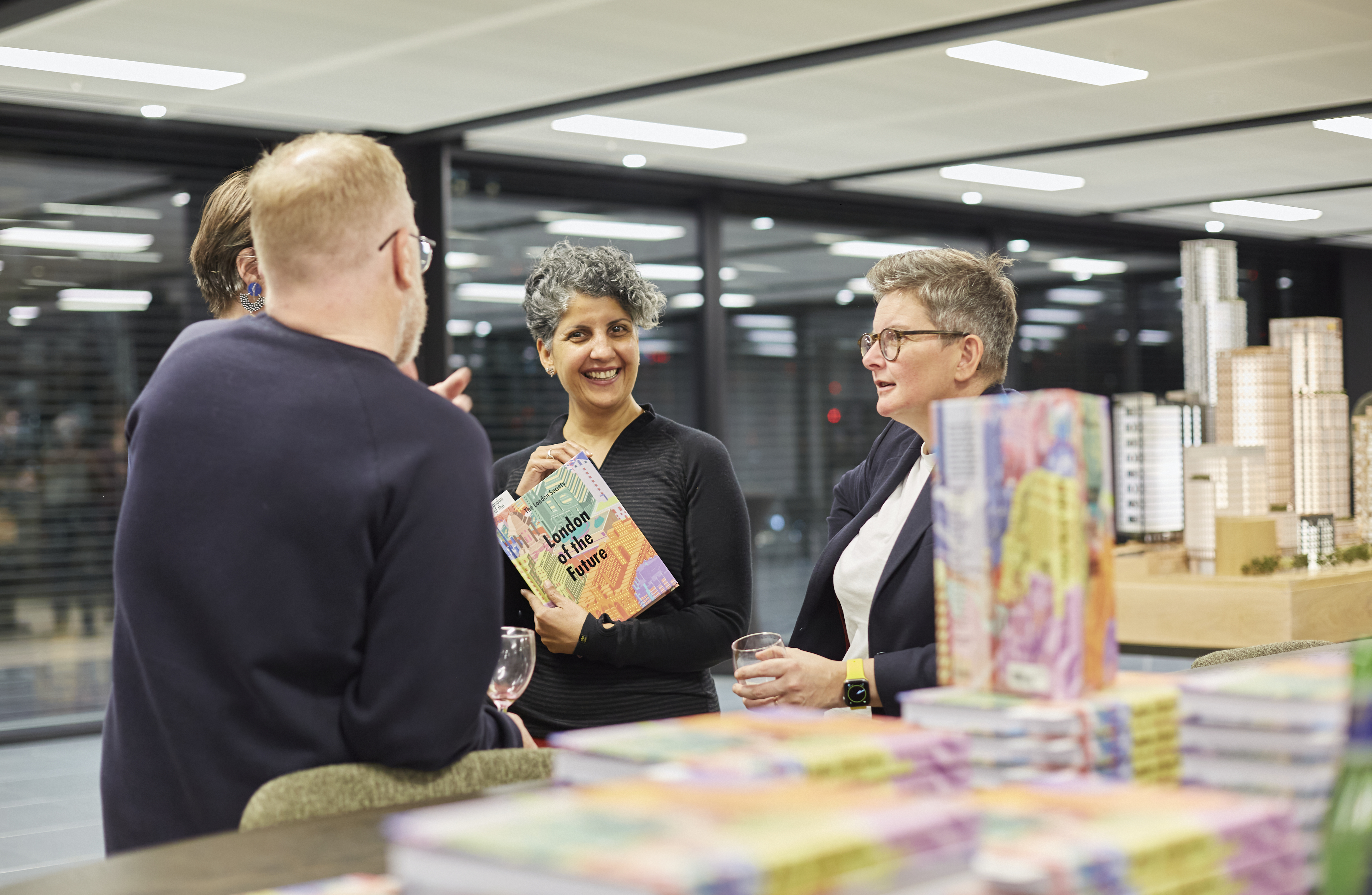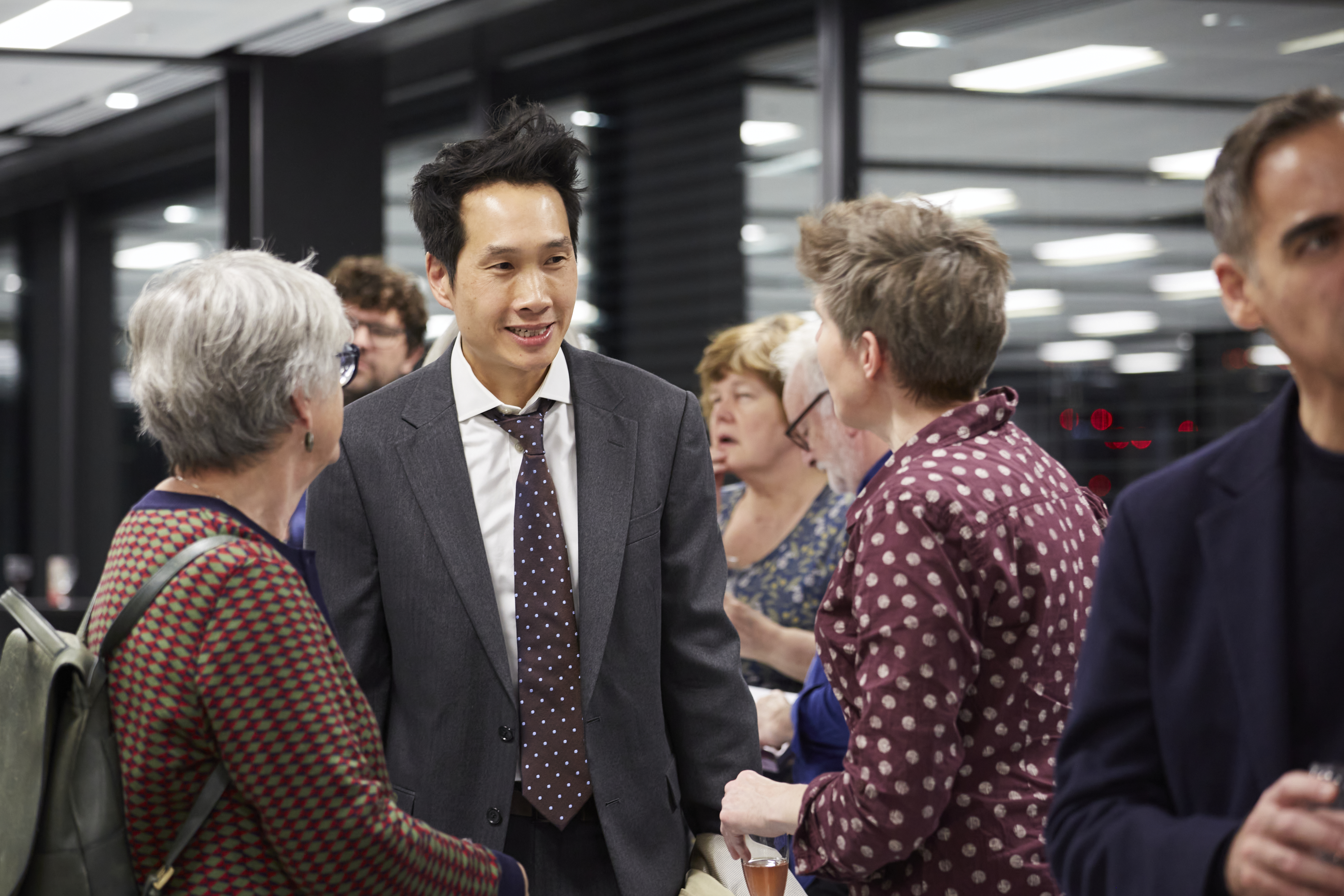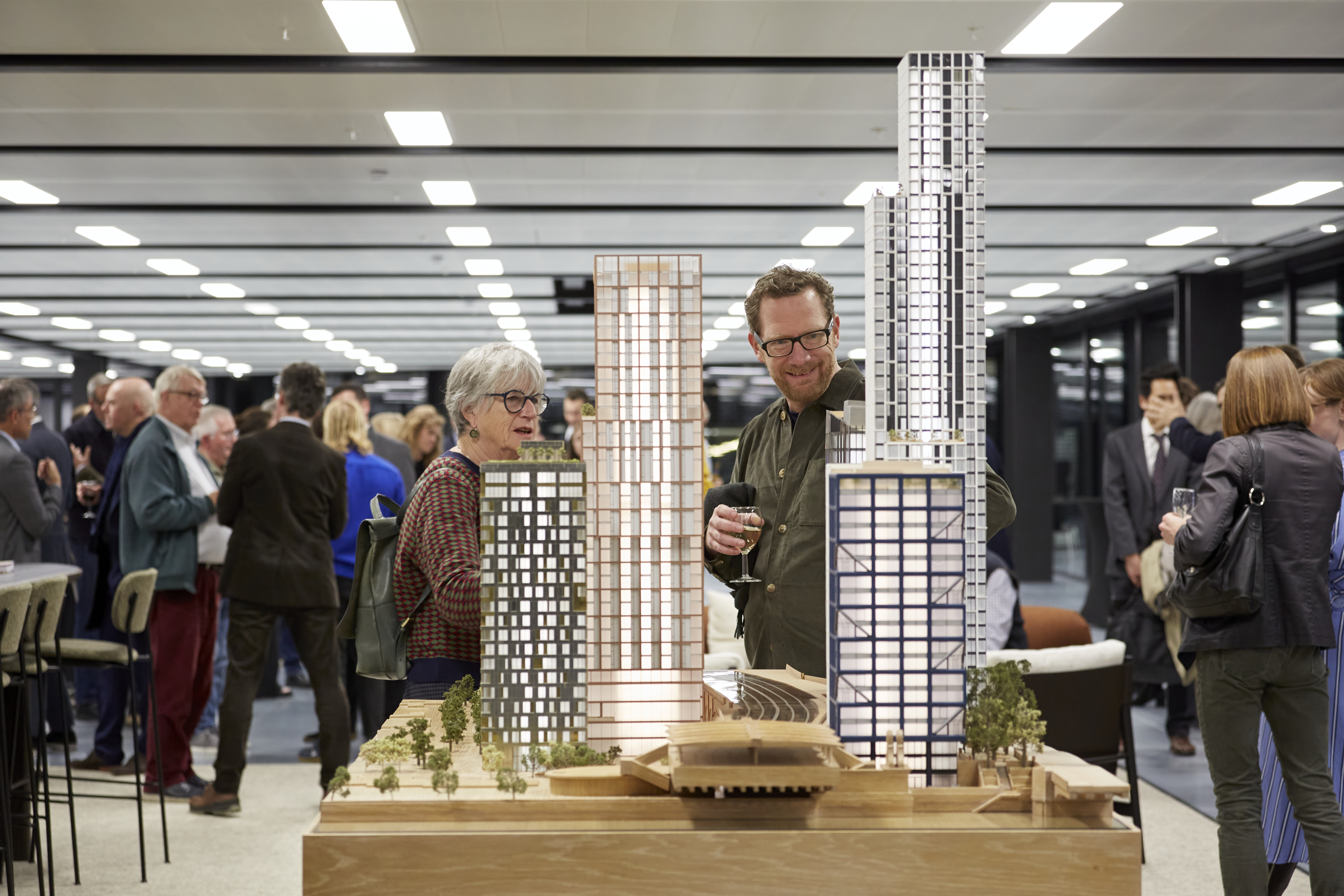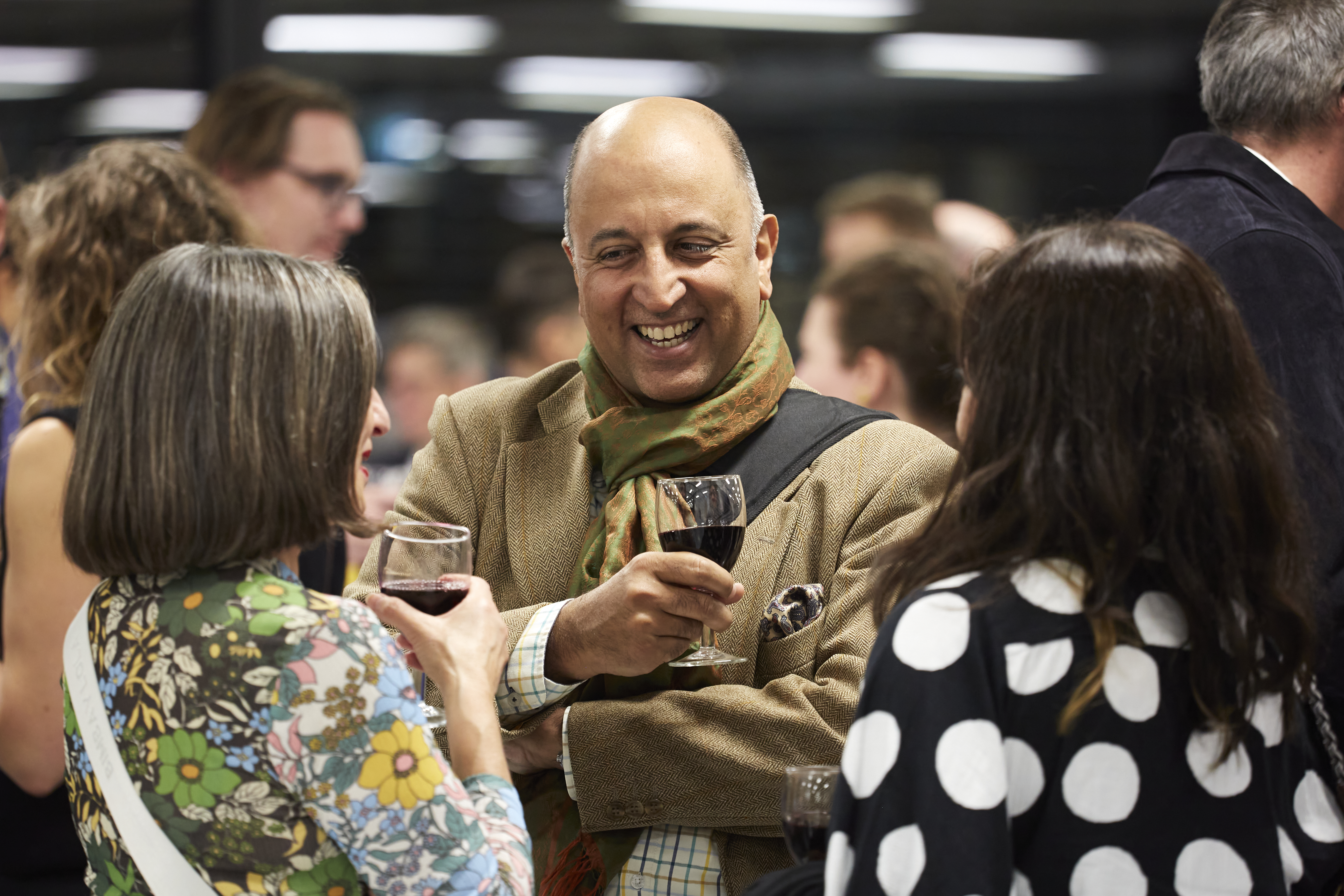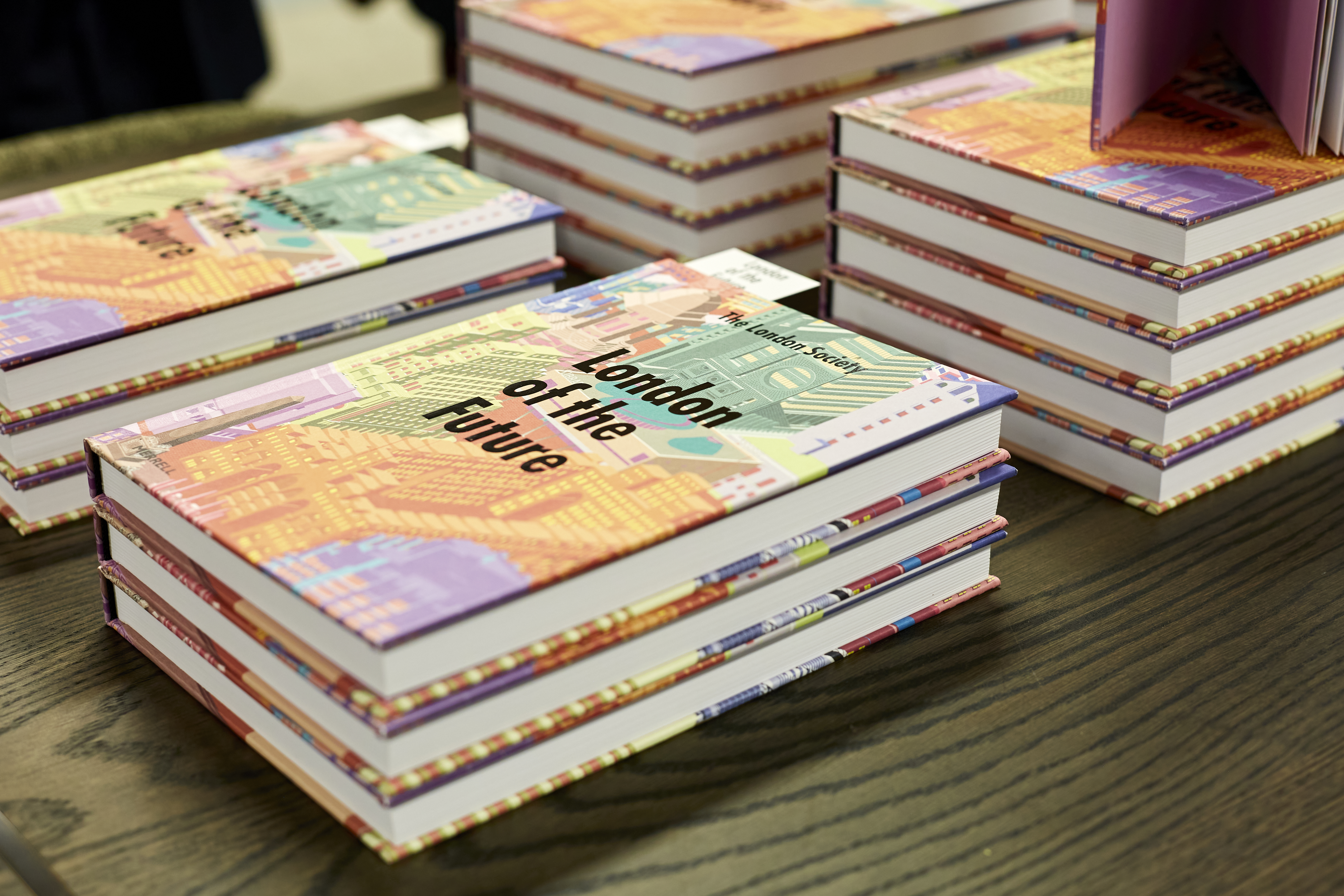Post
London of the Future is launched!
26 Oct 2023
Rob Fiehn, Society Director
On Tuesday 17th October, The London Society celebrated the launch of London of the Future, our new once-in-a-century publication. This book, published by Merrell, follows in the footsteps of the original prophetic tome from 1921. During the event we took the time to reflect on the importance of the first book, which accurately predicted great advances for the capital, including a green belt around London, trains that would directly connect us to France and an increased reliance on car and planes. The Society’s founder and original book editor, Aston Webb, called for a cleaner London and hoped for more powers for local government.
Not all of their hopes and dreams came to pass (including an interconnected post office that delivered parcels via pneumatic tubes) and it’s also important to note that many of the challenges faced by Londoners – poor housing, pollution and overall social inequality – have yet to be successfully dealt with. This meant that the twentieth and twenty first century books are united by similar goals. This time, however, the authors were less interested in large capital projects as the solution to all ills. Instead, they are almost completely united by the idea that we must make significant adaptations to the city we already have, thinking strategically and in harmony with the rest of the country.
To purchase your copy of London of the Future - shop here
It was also gratifying to see that this sentiment was shared by Deyan Sudjic, former director of the Design Museum, who wrote about the book just a few days later in the Financial Times. He called for a London where “creativity is not frozen out by affluence, and piecemeal pragmatism can achieve impressive results. Its future vitality is more likely based on the latter than the former. But it is its mysterious ability to be both at the same time that makes it a unique city.”
We are incredibly grateful to Native Land and PLP Architecture who kindly hosted us in their excellent Arbor building that sits along the south bank of the river, providing spectacular views in every direction over central London, helping to reinforce just what we have at our fingertips and why it’s important to preserve the best of the past and build carefully for the future.
